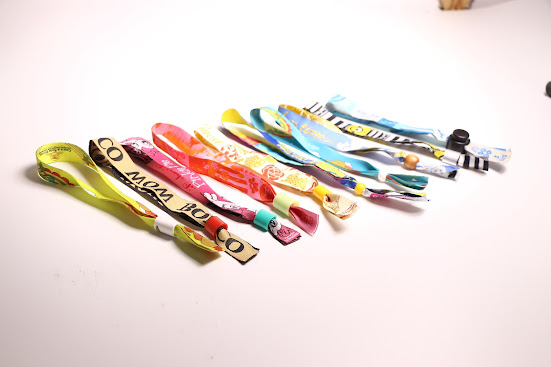NFC (Near Field Communication) wristbands for events have become increasingly popular due to their convenience, versatility, and security features. These wristbands utilize NFC technology to enable various functions during events.
Here's how NFC wristbands for events are typically used and some considerations for implementing them:
1.Access Control:
NFC wristbands can be programmed to grant access to specific areas of the event venue. Attendees can simply tap their wristbands on NFC readers to enter restricted zones, such as VIP areas or backstage.
2.Ticketing and Payments:
NFC wristbands can replace traditional paper tickets or cash payments. Attendees can load their event tickets or funds onto the wristband and use it to make purchases at concession stands, merchandise booths, or other points of sale by tapping the wristband on an NFC-enabled terminal.
3.Attendee Engagement:
NFC wristbands can enhance attendee engagement by enabling interactive experiences. For example, attendees can tap their wristbands to participate in polls, enter contests, or access event-related content through interactive kiosks.
4.Branding and Customization:
Wristbands can be customized with event branding, logos, or sponsors' information. This not only serves as a form of identification but also provides a marketing opportunity for sponsors.
5.Integration with Social Media:
NFC wristbands can be integrated with social media platforms, allowing attendees to link their wristbands to their social media accounts. This integration can facilitate social sharing and enhance the overall event experience.
6.Data Collection and Analytics:
The use of NFC technology enables event organizers to collect valuable data on attendee behavior, preferences, and movement patterns. This data can be used for post-event analysis and future planning.
7.Security Features:
NFC wristbands can enhance security by reducing the risk of counterfeit tickets or unauthorized access. The technology can also support encryption and secure authentication methods to protect sensitive data.
8.Integration with Event Management Software:
To maximize the benefits of NFC wristbands, they can be integrated with event management software. This allows organizers to efficiently manage access control, monitor attendance, and analyze data in real-time.
9.Ease of Use:
One of the primary advantages of NFC wristbands is their ease of use. Attendees can simply tap their wristbands to access various services, reducing the need for physical tickets or cash transactions.
10.Compatibility:
Ensure that the NFC wristbands are compatible with the infrastructure in place at the event venue, including NFC readers, access control systems, and point-of-sale terminals.
When implementing NFC wristbands for events, it's important to communicate the benefits to attendees, provide clear instructions on usage, and ensure that the technology is reliable and user-friendly. Additionally, consider the privacy and data protection regulations applicable to the region where the event takes place.


